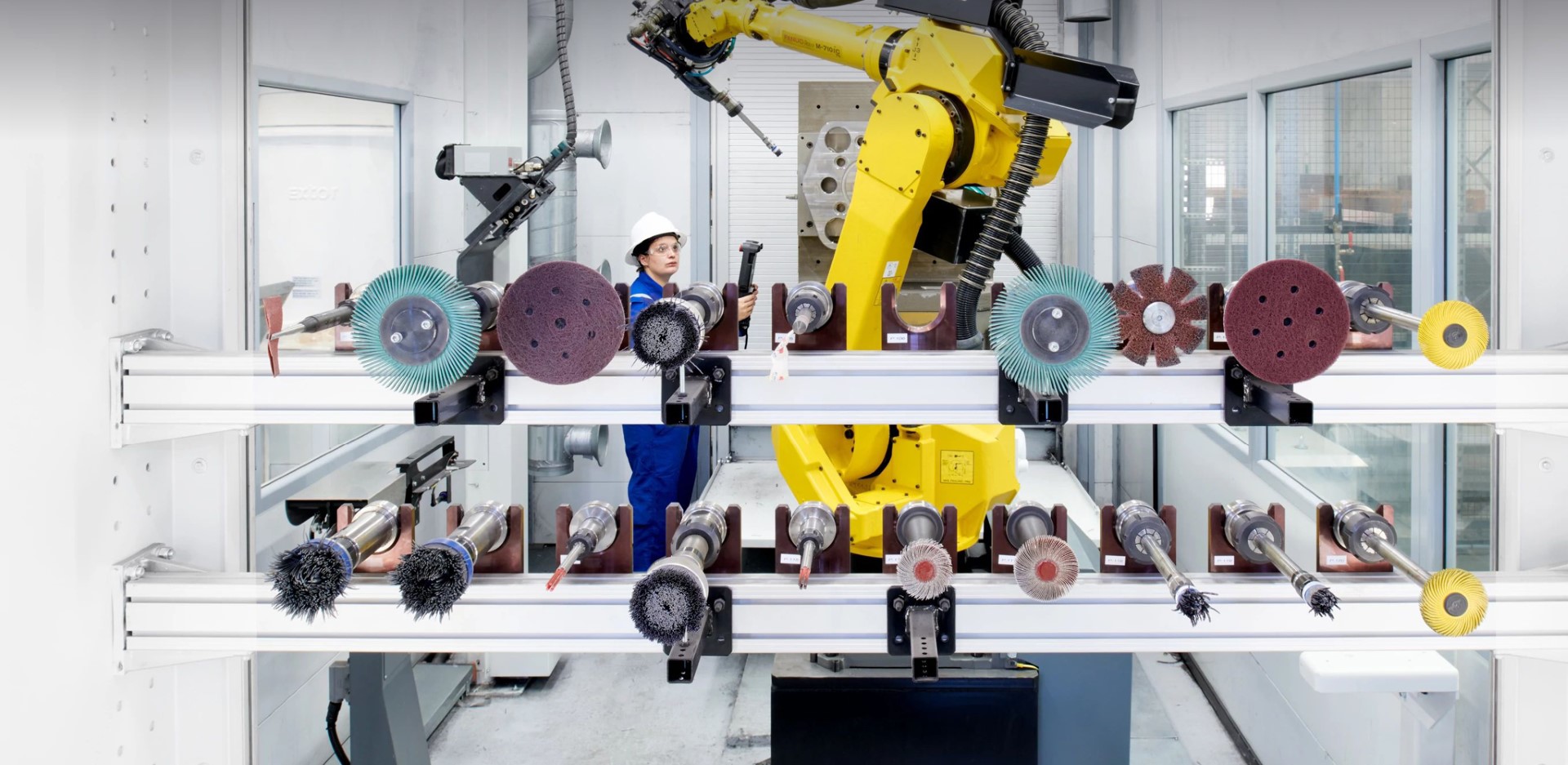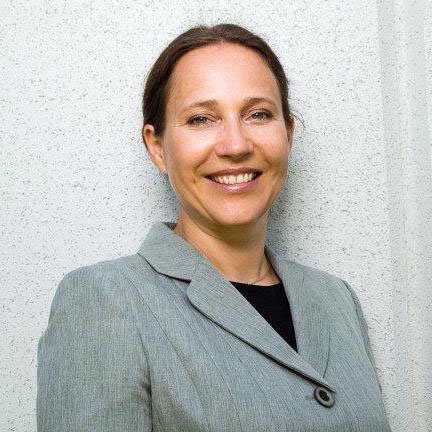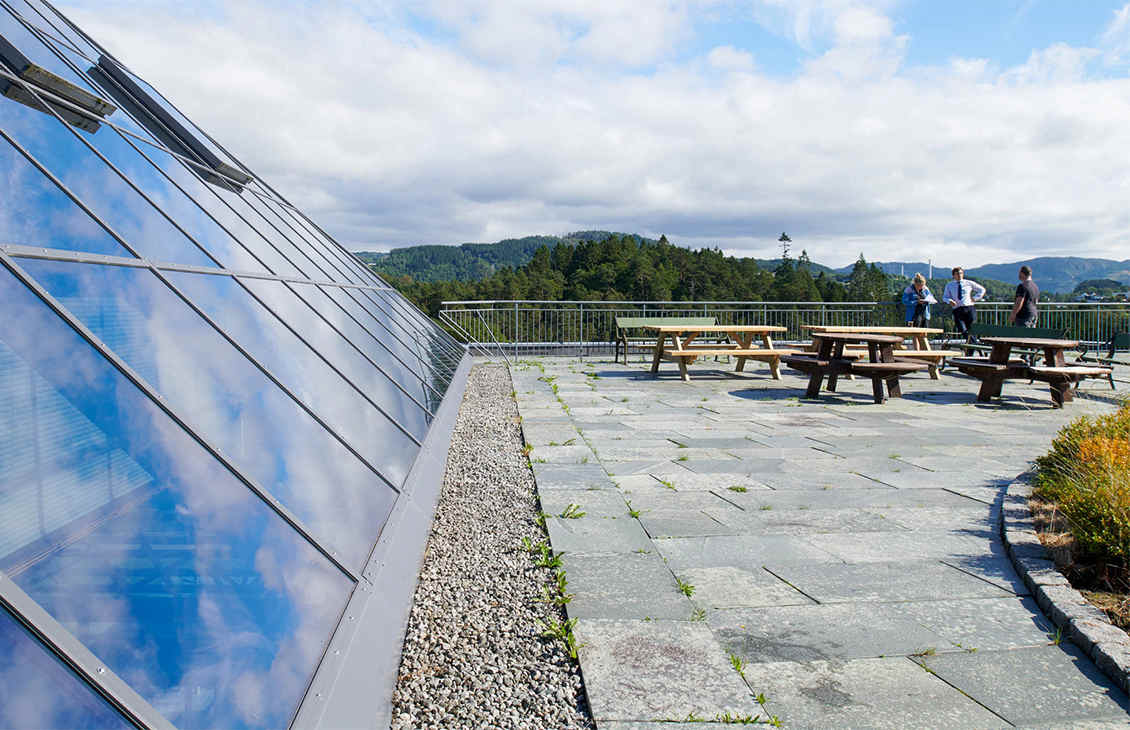Most scenarios for a just energy transition show a continued demand for oil and gas (O&G) over the next few decades. At the same time, the industry is committing to producing lower-emission barrels, establishing net-zero commitments, and developing decarbonization roadmaps to address greenhouse gas (GHG) emissions related to the exploration and production of fossil fuels—emissions that today account for approximately 10% of global emissions. Meeting those commitments means solving key technical challenges across operations that result in emissions, requiring engineering and business teams to innovate on the most impactful opportunities.
Designing products with low-carbon footprints
Customer and industry requirements have evolved over the last decade. Initially, the focus was on functional reduction, safety, reliability, and cost reduction. Today, however, the industry mindset has evolved to include sustainability impact as a requirement for products and services involved in O&G exploration, development, and production.
Aligned with the United Nations’ Sustainable Development Goals, the impact that tech usage has on the environment and communities we live and work in is a key consideration when setting requirements for product design. As innovators, we can successfully work towards these new requirements by applying concepts similar to those that made us successfully deliver on the safety, reliability, and cost requirements of earlier days.
One effective, proven way of making progress in that direction is the adoption of a concurrent life cycle management approach for all product development. This means that as soon as engineering teams complete their concepting phase, all subsequent product life phases are considered in parallel. The advantages are significant. Reliability and maintenance requirements, for example, are actively designed in and validated before challenges occur for customers.
Designing products with a low-carbon footprint can be addressed in the same way. In the transition from feasibility studies to development, estimating the carbon emissions a product will incur during its life cycle becomes part of the engineering delivery. These estimates are then validated and updated during field introduction and full commercial deployment. The prerequisite for such a process is, of course, the ability of engineering teams to accurately quantify emissions across product manufacturing, operation, maintenance, and disposal.
Adopting sustainability across your new product development
Imagine you have more than 600 new product projects under development, not including the additional development of rapid response and engineer-to-order products. Due to the size of your investment, several thousand engineers must learn in a short timeframe how to build credible estimates for carbon emissions and other sustainability impacts from the products they design.
To enable this, you need a product life cycle assessment (LCA). The first step is to carefully build an inventory of all resources used to manufacture, transport, use, maintain, repair, and dispose of a product, and of all emissions that result from its operation. This assessment requires a detailed understanding of a product’s life and a large amount of data about the emissions embodied in its raw material. This information is often not available until several years into a product’s commercial deployment. So, what do you do?
To help engineering teams quantify the expected carbon footprint of products under design, we suggest building a simplified LCA methodology and, based on it, comprehensive and user-friendly digital quantification tools to support your product developers. This light LCA method will allow for the identification and study of emissions hot spots throughout a product’s life cycle. Your engineering teams could even perform analysis on several design iterations in cases where they discover that a new technology could potentially generate a large GHG footprint.
In addition, we recommend creating a product maturity tracker. This can be described as a communication document about a technology’s requirement trade-offs often used in the dialogue between project managers and business sponsors. For example, a functional requirement for a product could be a high temperature rating of 200 degC [392 degF], thereby constituting a higher production cost, development period, and price tag, along with lower reliability. Exchanging that requirement for 175 degC [347 degF] that covers most—albeit not all—possible markets could potentially make more sense for the business. This kind of trade-off is what a product maturity tracker captures in real time. As a project progresses, engineering teams and business sponsors update requirements as technical and market understanding mature.
Sustainability requirements—such as limits to the amount of carbon emissions a product can add to the organization’s GHG inventory upon market introduction—are included in the product maturity tracker. They become part of the dialogue mentioned earlier. In other words, as product development proceeds from concept to field introduction and commercialization, engineering teams use the light LCA to bring increasingly accurate information about potential emissions to the dialogue. A product’s emissions impact becomes part of the mandatory discussions between tech and business stakeholders at the project gateway the same way product cost, expected manufacturing quantities, market introduction, and readiness of sustaining and maintenance teams are.
Building a portfolio that helps your customers’ journey to net zero
As manufacturers, optimizing a technology's carbon emissions impact while still under development is key to decarbonizing our own operations. The second driver is building a competitive product portfolio that serves our customers in reducing and eliminating carbon emissions from the exploration, development, and production of their reservoirs.
For technically differentiated products and services, development times can be as little as two years, but for many highly differentiated product platforms, new product development can extend beyond five years, while tech and research projects can precede product development by even a decade. Some of the development launch decisions taken in 2023, for example, will result in products that come to market after 2030—a time when both us and the bulk of our customers have already committed to significantly reduced operations emissions, well on track towards a net-zero future in line with the Paris Agreement.
Launching tech development now that answers the key challenges customers will face in 2030, 2040, and 2050 is imperative—even if these decisions are made in an environment of uncertainty regarding how the value from zero emission barrels will manifest, how it will be shared between operators and service companies, and how large that value is. And all companies, in every industry, are finding their way through today’s emerging regulatory and financial landscape, with considerable risk that some carbon emission penalties may become a reality with short notice. Strategic investment in tech development for zero-emission production is fundamental to making those net-zero commitments, as well as the future success of a company, a reality.
Developing new solutions for operators to lower their GHG emissions is fundamental to a net-zero future. But it doesn’t end there. We need to take a holistic approach and consider evolving requirements to incorporate multiple sustainability factors such as circularity and water stewardship into product requirements. To ensure our success in this rapidly changing landscape, it's crucial that we adopt a mindset of continuous learning and evolution. Our approach to product development needs to be flexible and adaptive for a balanced planet.




